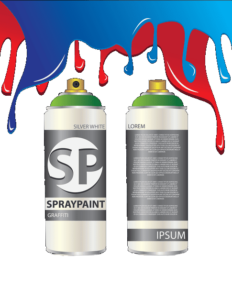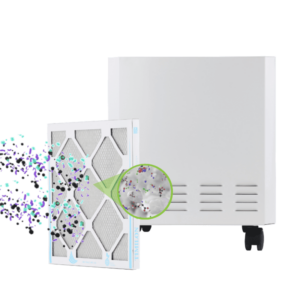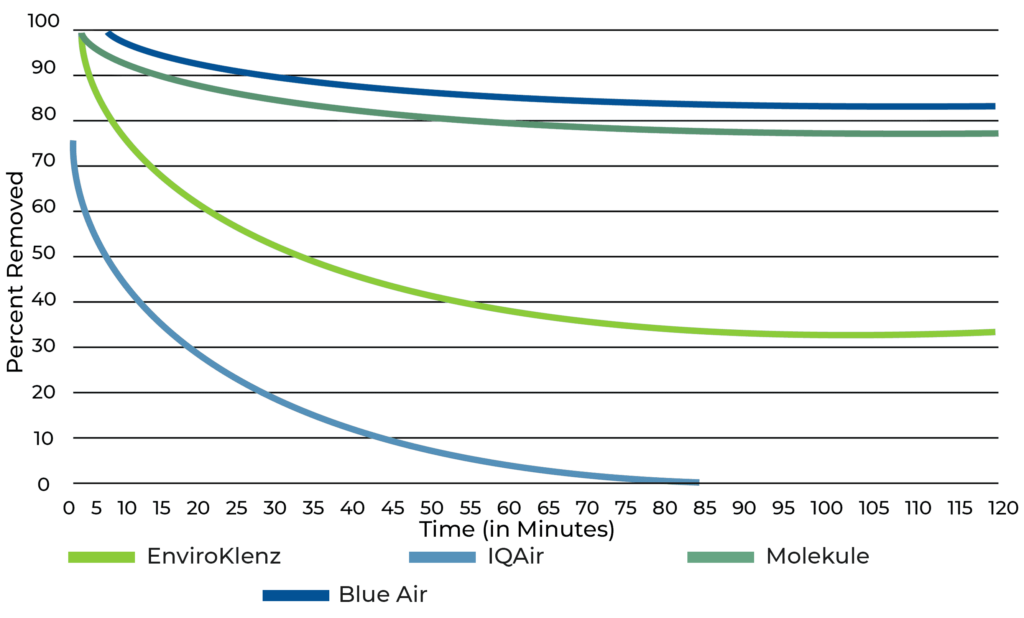How to Get Rid of Spray Paint Smell
The home renovations have commenced, and you have finally begun to make the necessary improvements that you have been eager to make to your house. It could be a change to your flooring, new wood cabinets in your kitchen, or even a fresh coat of paint to your tv stand, walls, or even your front door. Along with these changes not only comes a new fresh look to your home but also an altering to your home’s air quality due to the potentially high levels of chemicals that can be emitted from these minor changes made inside the indoor environment.
Paint is a renovation item that can drastically compromise the indoor environment and taint the quality of the air when applied within this confined space. While there are a variety of low-VOC and low-odor paints available for consumer use in today’s market, these paints still pose a great risk to indoor air quality and public health of those exposed to these paint fumes.
In this article we are going to discuss the hazards that spray paint provides to an environment and public health, along with the best method to getting rid of spray paint smell and fumes inside of a home.
Is Spray Paint Toxic?
 Spray paint is an easily applied paint mechanism that gives homeowners the ease of painting items in their home with minimal work and little mess. This type of paint is pushed out of an aerosol cans by gases that will release the paint onto the intended surface of the painter. This form of painting has been around since the 1950s and is usually separated into two categories: industrial and commercial spray paints.
Spray paint is an easily applied paint mechanism that gives homeowners the ease of painting items in their home with minimal work and little mess. This type of paint is pushed out of an aerosol cans by gases that will release the paint onto the intended surface of the painter. This form of painting has been around since the 1950s and is usually separated into two categories: industrial and commercial spray paints.
There are many benefits to using spray paint as it will help you finish projects faster, help to provide a more even coating, and it even comes in a wider variety compared to other painting options available to consumers. However, when it comes to the effects that the spray paint can have on your health, the bad may outweigh the good when evaluating the use of this form of paint inside your personal indoor environment.
Dangers of Inhaling Spray Paint
When you are spray painting an item or surface inside of a confined space, you are directly exposing yourself to hazardous chemicals including VOCs and other substances that can greatly impact the health of those exposed to the paint. There are both short-term and long-term health effects that an individual can experience from exposure to spray paint. The different health effects that a person may experience from exposure to spray paint can vary based on exposure, the amount of spray paint in the environment, and the health of the person exposed to these paint fumes.
Short term health effects can include irritation contact dermatitis, burns to the skin and eyes, vomiting and diarrhea, irritation to the nose, throat and lungs, headaches, dizziness, nausea, and fatigue.
Long term health effects can include asthma, allergic contact dermatitis, lung cancer, ‘painter’s syndrome’, brain damage, and even liver and kidney damage.
Breathing Paint Fumes Symptoms
Paint fumes can cause an array of issues for the health of those occupants of the home that the paint spray is used inside of. Generally, any type of paint that is applied within a confined indoor space – including spray paint, can cause irritation to the skin, lungs, and other health issues. These health issues are caused by the various compositions of paint and the chemicals that are used within the paint such as VOCs and other chemical agents.
Not only the paint, but also the fumes that the paint produces in a home can ignite a bout of health symptoms that can include the following:
- Irritation to the eyes, nose, and/or throat
- Headache
- Dizziness
- Nausea
- Trouble breathing
- And liver, kidney, and nervous system damage
Can You Spray Paint Inside the House?
The administering of spray paint inside of a home can raise a lot of red flags, especially for the indoor air quality and adverse health reactions that an individual may have when present in this indoor environment. It is recommended if you are going to spray paint inside of your home, that you follow a set of precautions to aid in the mitigation of spray paint fumes and hazards produced from the paint into the air. These rules for spray painting inside of your home includes the following:
- Open all windows and doors inside of your home to allow fresh air to circulate within the home, pushing dirty air out and replacing it with fresh, clean air.
- Implement fans inside of the environment to help circulate the air correctly.
- Use the correct PPE (Personal Protective Equipment) when applying spray paint onto an item in your home. This protective equipment can include a respirator mask, gloves, and even a body suit to cover exposed skin from paint exposure.
How Long Does Spray Paint Take to Dry
 Applying spray paint onto a surface within your home such as a desk, cabinets, a lamp, or even your front door, these items will have to go through a drying process after the initial application takes place. The question of ‘how long does the spray paint take to dry’ can be a variable question that will depend on a number of factors, such as the material that the spray paint was applied onto, how much spray paint was applied, and the temperature present in the room where the paint application occurred.
Applying spray paint onto a surface within your home such as a desk, cabinets, a lamp, or even your front door, these items will have to go through a drying process after the initial application takes place. The question of ‘how long does the spray paint take to dry’ can be a variable question that will depend on a number of factors, such as the material that the spray paint was applied onto, how much spray paint was applied, and the temperature present in the room where the paint application occurred.
The material where the spray paint is applied onto such as metal surfaces, concrete, and brick will dry much faster than other surfaces like wood, this is because of the absorption of paint on the surface. Typically, spray paint thickness is lower than rolling or brushing paint, therefore it will dry faster than other paint applications. A surface dry of spray paint will usually be accomplished within 10 to 30 minutes after application, whereas a hard dry can take anywhere from 8 to 24 hours following the spraying.
How Long Do Spray Paint Fumes Last
Household paints, including spray paint, contains different chemicals within its composition such as hazardous VOCs (volatile organic compounds) that are released into the air. These VOCs will become emitted into the air once the paint is applied onto the surface in your home, specifically during the drying process. The level count of VOCs can vary depending on the type of paint that is used and how much paint was applied in the indoor environment. Generally, normal indoor VOC levels in a home usually stand at nearly 50 percent more than outdoor air, but when painting is done inside of this indoor space the VOC levels can increase to as much as 500 to 1,000 times higher than the level of the outdoor air.
Volatile organic compounds (VOCs) will emit an odor into the air that are classified as paint fumes that will float in the air, and last for a long period of time after the painting has ended. The fumes that spray paint produces can stay lingering in the air causing a multitude of issues for both indoor air quality and public health. The duration of these spray paint fumes will last for a long time, depending on the indoor ventilation, increased air flow, and the use of air devices like air purifiers that can speed up the off-gassing process of VOCs from spray paint fumes in the air of a home.
How to Get Rid of Spray Paint Smell and Fumes in House
 You finished spray painting days ago, but the smell is still swirling inside of your home’s air. The go-to removal methods for paint odor such as onions, lemon water mix, air freshener, candles, baking soda, and even essential oils, have been administered into your home to no prevail, as the spray paint smell still lingers in the air. What can you do to completely eliminate and breakdown the paint odors in the air of your home?
You finished spray painting days ago, but the smell is still swirling inside of your home’s air. The go-to removal methods for paint odor such as onions, lemon water mix, air freshener, candles, baking soda, and even essential oils, have been administered into your home to no prevail, as the spray paint smell still lingers in the air. What can you do to completely eliminate and breakdown the paint odors in the air of your home?
Air purifiers or systems are the ideal solution to removing and neutralizing paint odors that are present inside of your home after spray painting within this environment. These devices are designed to filter the air and remove contaminants from the indoor air such as allergens, noxious chemicals, and odor removal. The EnviroKlenz Mobile Air System is an air system that was specifically manufactured and designed to neutralize and completely eliminate chemicals and odors from the air through the use of a patented earth mineral technology. The proprietary EnviroKlenz technology contains the ability to not only contain, but to also chemically break down a wide variety of chemical compounds without releasing any harmful pollutants or chemicals back into your environment.
Below are the results of a study conducted of the EnviroKlenz Mobile Air System’s ability to remove VOCs from the air.

In this chamber study, a volatile organic compound was released in an environmental chamber under ambient conditions. The IQAir® was the air system that was able to remove the chemical the quickest, but since the system uses carbon media, the chemical has the potential to be released back into the atmosphere with an increase in temperature or changes to humidity and pressure. In some of our real-world evaluations, we have seen carbon systems start to desorb VOCs as the temperature rises towards only 80 degrees. The EnviroKlenz® Air System out-performed the BlueAir® and Molekule® systems, while also offering more than just physical absorption. The EnviroKlenz® Air Cartridge works through a combination of physical and chemical mechanisms.

Mobile Air System

✓ Patented earth mineral technology works to attack VOCs and break them down on a compound level
✓ No chemicals or masking agents
✓ Will not release any chemicals back into your environment
✓ Safer and faster at removing VOC’s than traditional carbon filters and PECO air purifiers
Comments
Post a Comment